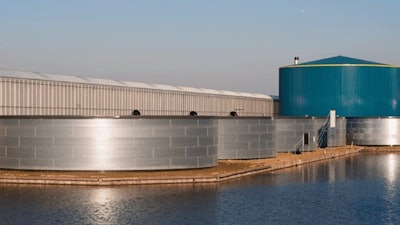
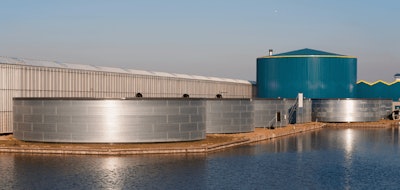
Many cannabis cultivators strive to be at the forefront of sustainability and conservation, but producing cannabis indoors strains vital resources, including water. Indoor grows use an average of 605,180 gallons annually, nearly double that of outdoor or greenhouse facilities, according to the February 2021 report “Cannabis H2O: Water Use and Sustainability in Cultivation.”
“There’s been a lot of scrutiny on indoor cannabis operations in how they handle water and energy consumption,” says industry consultant Richard Gellert, founder and former owner of HydroLogic Purification Systems, a water filtration and purification business. “The majority of greenhouses are using hydroponics systems [to save water].”
Growing with hydroponics uses 70% to 90% less water than using soil; water from hydroponic grows can be recirculated and reused, notes Gellert.
But water preservation goes beyond hydroponics.
Drain lines, ditches, dehumidifiers, and condensation recapture are just a few ways to reuse water for conservation-conscious indoor and greenhouse grows. Treatments that enable water to be reapplied to plants include carbon filtration, which removes salinity and other organic materials, and reverse osmosis (RO), which uses a semipermeable membrane to remove dissolved solids and other particulates from a water source.
Growers employing hydroponic techniques lean toward RO for the purity of water produced. Water amount varies depending on temperature, contaminants, and the quantity of dissolved solids in the liquid, Gellert says.
However, swapping out membranes often can save up to 75% of the wastewater that would be lost if membranes weren’t replaced, Gellert says. What’s more, RO systems are integrated into grows by connecting a storage tank to an irrigation setup, while providing a pristine water source that removes impurities and fosters an ideal balance for plant nutrition.
“RO separates contaminants from water and diverts the contaminants down the drain line,” Gellert says. “Impurities get flushed away on the wastewater side.”
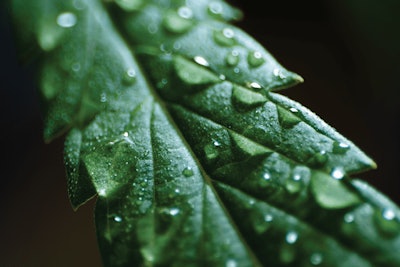
Quality is Key
Water use should maintain an equilibrium between a grower’s agricultural and conservation needs, Gellert says. Proper irrigation scheduling is part of that checklist, with greenhouses also needing reliably pure water.
Growers can send test kits to a lab to determine local water quality, with results verifying what kind of investment they should put into an indoor facility or greenhouse.
Ideally, cultivators will be able to remove all impurities from their water supply, a costly undertaking depending on the number of filtration stages needed, Gellert says. But the upfront expense for better filtration will save growers both money and hassle down the road, Gellert maintains.
“A typical system is about $30,000 or $40,000 for 65% filtration—if you spend $100,000 to $120,000, you’ll get that up to 90% or 95%,” Gellert says.
“I’ve had people with water so contaminated, the cost of actually treating it is astronomical,” Gellert adds, noting it would cost hundreds of thousands of dollars in maintenance.
Gellert says that drip irrigation into rockwool or coco is a highly efficient filtration method for cultivators of any size.
Growers may also think about drawing condensate water from HVAC systems, Gellert adds. Condensate is low in pH, but needs to be filtered for zinc, copper, and other harmful heavy metals before being reintroduced into a cultivation. Available reclaimed condensate systems work directly with air conditioners and dehumidifiers to purify the liquid formed by condensation.
Ultimately, conservation and filtration best practices are a boon for a grower’s bottom line, as well as for the environment at large, Gellert says.
“Some people are just earth-friendly, and want to be as efficient as possible whether or not it impacts their wallet,” he says. “This is an effort that can be driven by peoples’ hearts and minds.”








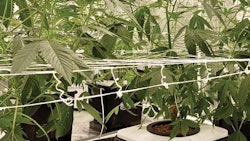


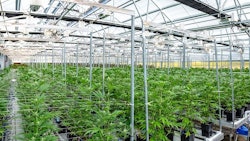

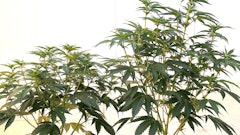
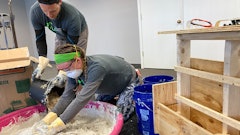
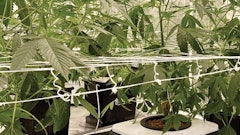


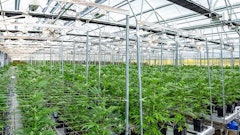
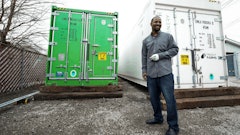
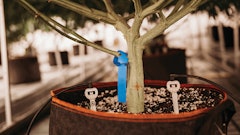
.jpg?ar=16%3A9&auto=format%2Ccompress&fit=crop&h=135&q=70&w=240)
